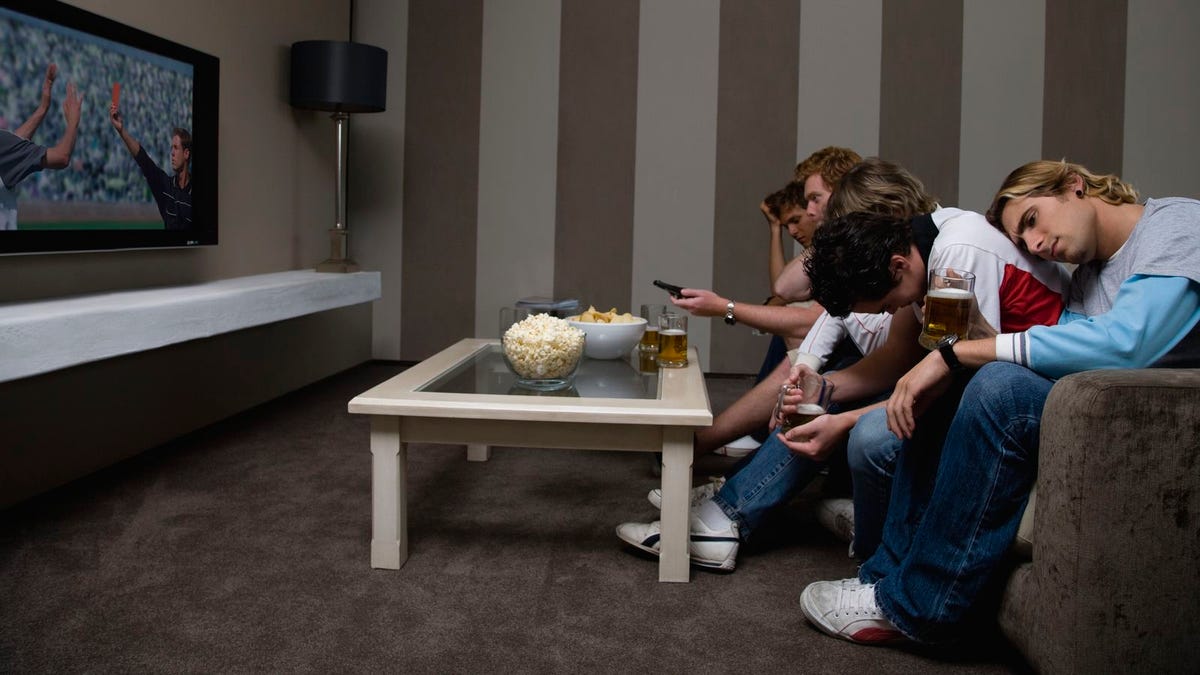

Film should look like film (where 24 frames-per-second is a standard) not 30 frames-per-second video. However, when viewing movies the effect makes motion look awful, even unrealistic. It essentially works to reduce blurring in fast-moving content (such as sports, racing, etc.) which can actually make the video image look better. I have found it to be quite hit or miss though, and it can cause some visual artefacts that make the world look a bit like gelatine.Most TVs, unfortunately, come pre-configured with something called Motion Smoothing, digital interpolation, or what is often called the “Soap Opera” effect.

Motion smoothing looks at the last few frames to predict how things on the screen are moving, and attempts to alter the reprojected frame to reduce the ghosting. Another issue is that if you turn your head too far, the frame won't contain any information on that part of the scene so you get black bars at the edge of your view. With always on reprojection, you get a ghostly double image of nearby moving objects. The issue with reprojection is that moving objects (such as your hands or characters) will appear to be frozen. The setting to force always on reprojection forces each rendered frame to be used twice.

I think reprojection is always to make sure the frame matches head's orientation when it's displayed to the user, but it's used twice on a frame if the next frame isn't rendered in time. On a very basic level, reprojection accounts for rotational movement of the headset, and motion smoothing accounts for translational movement. There's a lot going on and it's pretty interesting. If you can only handle 70 fps, you might want to set the headset to 120 Hz and force reprojection to 'always on' so that it is at least consistently performing at 60 fps. So if you're running 120 Hz but can only handle 100 fps, you should turn the headset down to 90 Hz so that you don't have to use Motion Smoothing. This requires a SteamVR restart and the display will not dynamically switch between them. The Index can be set to 80, 90, 120, or 144 Hz.

So if you're struggling to barely stay at 90 fps, turning the feature off might actually help you not need to use it. There is some overhead associated with the Motion Smoothing system being ready to kick in, which will make your performance slightly worse. Motion Smoothing and ASW will try to follow your head position as well as its rotation, while Reprojection and ATW will only compensate for rotation. The only difference between the methods is how they compensate for missing frames. Your GPU is still working as hard as it can and when your frame timing is back within the window it will stop having to reproject. If you miss a frame or consistently run below 90 fps, the headset will still display 90 fps but the previous image is warped (reprojected) to follow your tracking. If you're running at 90 Hz and staying above that, none of them kick in. Motion Smoothing, Reprojection, and Oculus ATW/ASW are all methods of compensating for when your frame rate drops below the target. Please check the wiki and our troubleshooting guide.Please browse the subreddit for common questions & check the wiki.We don't allow political discussion or sub-reddit drama.No impersonation, claiming to have "insider knowledge", or posting intentional misinformation.We don't allow memes, or URL shorteners.Self-promotion is allowed for game developers and YouTube personalities, please read further below.No buying, selling, begging, giveaways or crowd-funding.Low effort posts that are not allowed include shipment notification, arrival and unboxing photos. Posts must be on-topic and relevant to Valve Index. Posts must be about or related to the Valve Index and must not be low effort.Discussion and debate is encouraged but name-calling and/or harassment will not be tolerated.


 0 kommentar(er)
0 kommentar(er)
